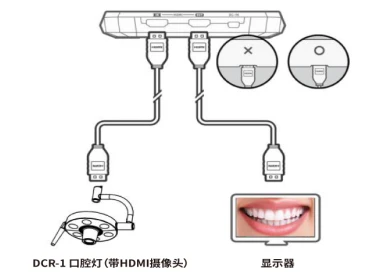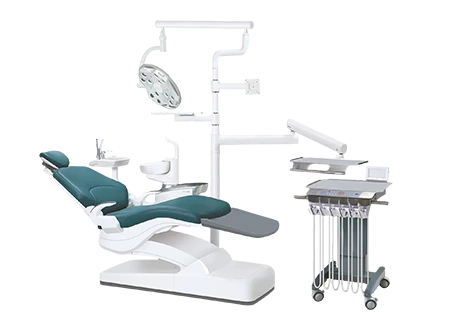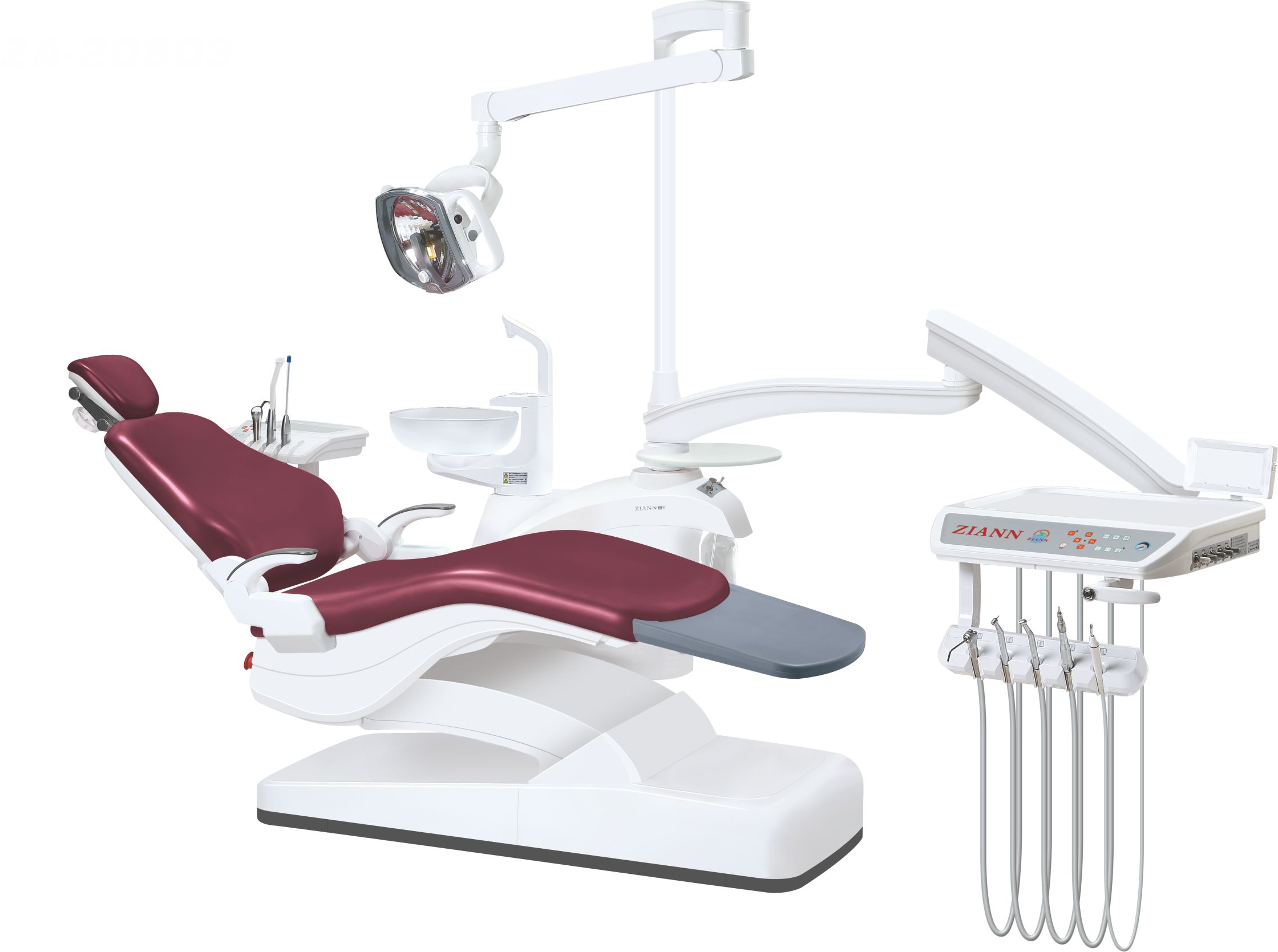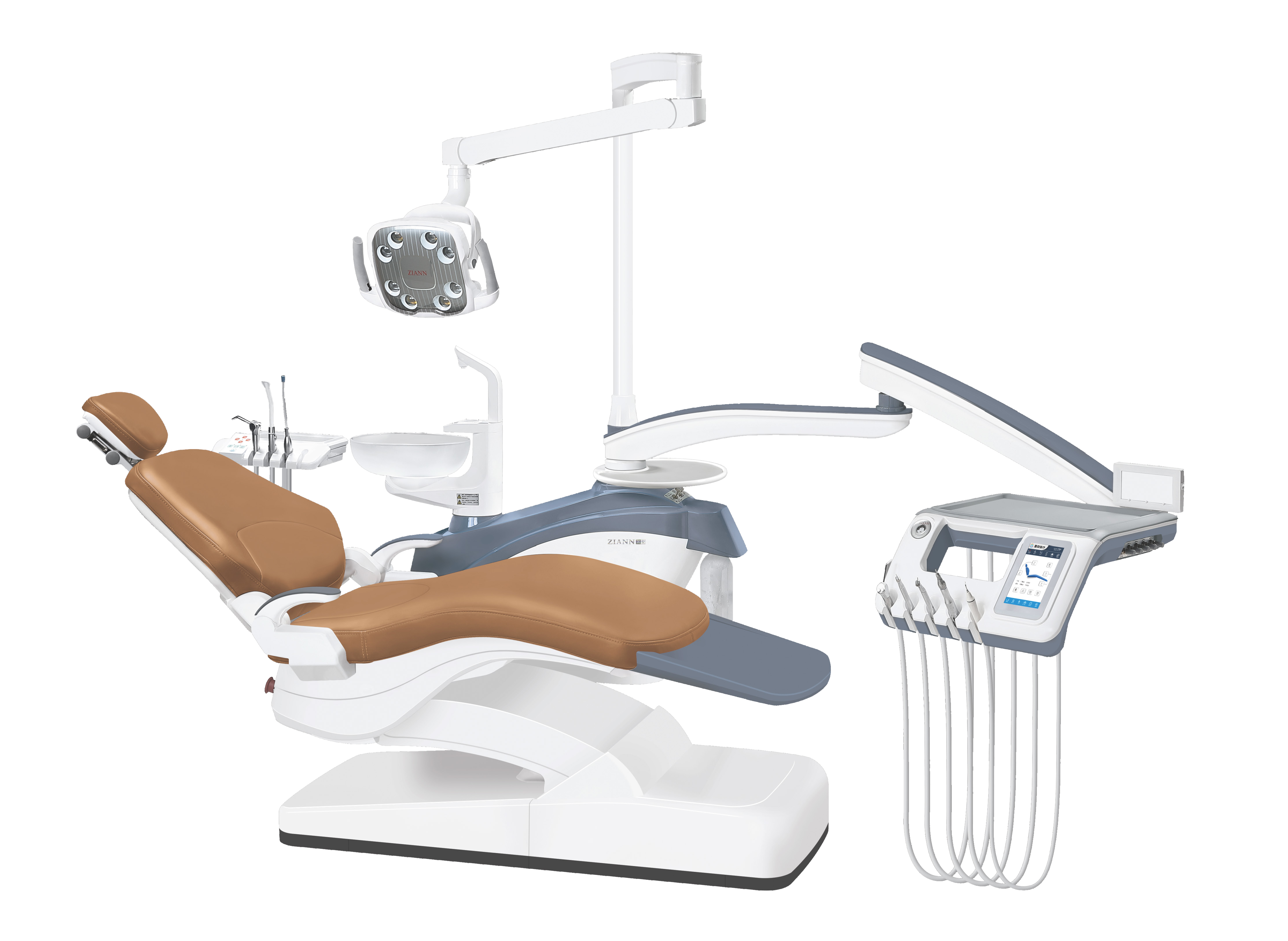Dental implant units represent a significant advancement in modern dentistry, offering a comprehensive solution for replacing missing teeth with durable and aesthetically pleasing alternatives. These units integrate various components and cutting-edge technologies to ensure precise, efficient, and comfortable dental implant procedures. This article explores the essential components and advanced technologies that make dental implant units a cornerstone of contemporary dental practice.
Key Components of a Dental Implant Unit
Dental Chair and Air Compressor
At the heart of any dental implant unit is the dental chair, designed for optimal patient comfort and accessibility. Paired with a reliable dental air compressor, which powers essential tools and instruments, the dental chair forms the foundation of an efficient treatment environment. The ergonomic design of the chair ensures that both the patient and the clinician can maintain comfortable and effective positions throughout the procedure.
Dental Light and Intraoral Camera
Clear visibility is crucial in implant dentistry. A high-quality dental light illuminates the oral cavity, providing the clinician with optimal visibility and enhancing the accuracy of implant placement. Additionally, an intraoral camera offers real-time imaging, allowing for detailed examination and documentation of the treatment area. These imaging technologies aid in treatment planning and improve patient communication, fostering trust and confidence in the procedure.
Sterilization Equipment
Maintaining aseptic conditions is essential in implant dentistry. An autoclave effectively sterilizes dental instruments, ensuring they are free from pathogens. A reliable dental handpiece, equipped with precision drills and burs, enables the clinician to perform implant surgeries with confidence and efficiency. Together, these tools form the backbone of a safe and effective implant procedure.
Organizational Tools
A well-organized dental practice is key to efficient workflow. A dental cabinet provides storage for instruments, materials, and equipment, keeping them organized and readily accessible during procedures. An adjustable dental stool supports the clinician’s posture and mobility, promoting ergonomic movement and reducing fatigue during lengthy surgeries.
Diagnostic and Therapeutic Tools
Dental X-ray machines offer detailed radiographic images, allowing clinicians to assess bone density and plan implant placement with precision. An ultrasonic scaler facilitates thorough cleaning of the implant site, promoting optimal healing and osseointegration. These diagnostic tools enable clinicians to navigate the complexities of implant dentistry with confidence.
LED Curing Light
An LED curing light is essential for polymerizing dental materials such as composites and cement, ensuring strong and durable restorations. This tool plays a crucial role in post-operative care, ensuring proper healing and stability of the implant.
Advanced Technologies in Dental Implant Units
- Computer-Guided Implant Surgery
- 3D Printing
- Immediate Load Implants
- Smart Implants
- Nanotechnology
- Augmented Reality (AR) for Treatment Planning
Conclusion
The integration of advanced components and cutting-edge technologies in dental implant units has transformed the landscape of modern dentistry. From computer-guided surgery and 3D printing to smart implants and nanotechnology, these innovations ensure precise, efficient, and comfortable dental implant procedures. As dental technology continues to evolve, dental implant units will undoubtedly play a pivotal role in enhancing patient outcomes and elevating the standard of care in dental practices worldwide.
By embracing these advancements, dental professionals can provide their patients with the highest quality of care, ensuring successful and long-lasting dental implant treatments.







